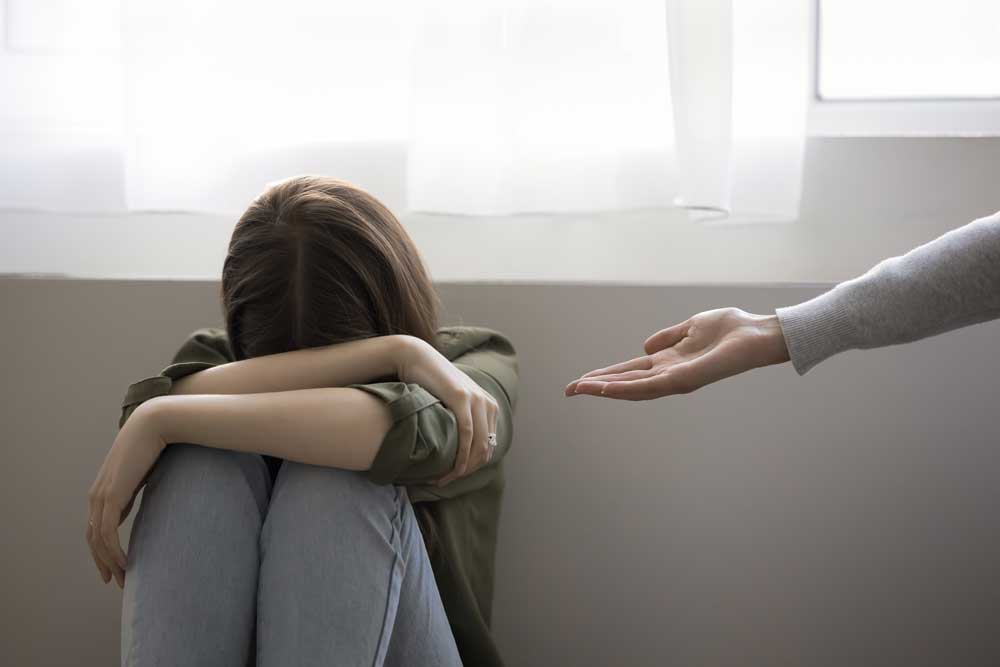The definition of bullying is ‘the use of force, coercion, hurtful teasing, comments, or threats, in order to abuse, aggressively dominate, or intimidate one or more others.’ Bullying is not just one incident or occurrence. Rather, it is a repeated behavioural pattern that can get worse if it is unchecked over time. Children at the receiving end of bullying often suffer traumas that may take years, and even a lifetime, to heal. That is why it is important to identify and stop bullying before it takes its toll on your child.
How Do You Identify Bullying?
According to UNICEF, you can usually identify bullying through the following three characteristics: intent, repetition, and power. ‘A person who bullies intends to cause pain, either through physical harm or hurtful words or behaviour, and does so repeatedly. Boys are more likely to experience physical bullying, while girls are more likely to experience psychological bullying.’
Their website adds, ‘The most vulnerable children face a higher risk of being bullied. These are often children from communities that are marginalized, children from poor families, children with different gender identities, children with disabilities, or migrant and refugee children. Bullying can happen both in person and online. Cyberbullying often occurs over social media, SMS/text, or instant messaging, email, or any online platform where children interact. Because parents may not always follow what their children are doing on these platforms, it can be difficult to know when your child is affected.’
Who Is Affected By Bullying?
Children of all ages can be affected by bullying, but the kind of bullying varies. Let’s take adolescents, for instance. According to a McAfee Corp report, 85 per cent percent of children in India have been victims of cyberbullying, the highest in any of the countries surveyed. Nearly half, 45 per cent, acknowledged cyberbullying a stranger, while 48 per cent confessed that they cyberbullied someone they know. Apart from this, 42 per cent of children in India have faced racist cyberbullying, 36 per cent claimed to have been trolled, and 30 per cent claimed to have faced sexual harassment and threats of personal harm, which is twice as much as the global average. The girls in the age group of 10-16 years are also vulnerable, with 32-34 per cent reporting sexual harassment and threats against them, a bit above the global average.
How Can I Tell If My Child Is Being Bullied?
This is tricky because children often don’t confide in their parents about being bullied. It is up to you to spend time with them and watch out for warning signs. These could include physical signs such as injuries which they try to cover up, torn book,s or other damaged belongings. They could also include emotional responses such as feigning illnesses, or frequently complaining of headaches and stomach aches. Behavioural symptoms could include sudden withdrawal, aggression, avoiding school, loss of interest in extracurricular activities, changes in eating habits, and disrupted sleep patterns.

How Can I Help My Child?
Dr Kavya Ramani, a life coach and psychologist based in San Francisco, has a few pointers to help your child through the process of overcoming being bullied.
1. First of all, it is important to create a supportive environment within your home. If a child feels secure and loved, they’re more likely to share their experiences and seek help from you actively. Remember to listen to them without judgement, and never blame them for being bullied. Don’t be dismissive either, telling them that ‘this is nothing’.
2. Keep lines of communication open between you and your child. It doesn’t have to be about bullying – talk to them about their friends, their feelings, politics, love… let them feel as if they can open up to you at any point in time, and any number of times. This enhances their self-esteem.
3. Teach them to identify the signs of bullying early on, along with the values of kindness and inclusion. Such children are not only more likely to stand up for themselves, but also for others who are being bullied.
4. If your child is being bullied, violence or aggression is not the answer, as it can make things worse. Instead, they should respond verbally with phrases such as, ‘I don’t like what you’re doing’. If the bully/bullies don’t back off, report them to the authorities – teachers, a babysitter or a parent who’s in charge. It isn’t telling tales.
5. Step in only if your child is unable to resolve the bullying on their own. Involve the school teachers and administrators, keeping a few incidents and some evidence handy. Be respectful but firm, and continue following up until there has been some intervention.
6. Monitor your child’s online activity so that you’re aware of what they’re doing and who they’re communicating with. Teach your child how to talk to others online, and in turn how to be spoken to – respectfully and with digital etiquette in place. This way, they’ll know when to report and block cyberbullies. Your child’s safety is more important than their privacy at this stage, so always keep parental controls in place.
7. If the bullying is too far gone and is showing visible strains on your child’s mental health, opt for professional help such as therapy or counselling to keep issues like anxiety and depression at bay. Coping strategies could also include peer group sessions.